There are various system.xml.dll and system.xml.ni.dll profiling error messages that can pop up in Windows if files are corrupted in some way, missing, or not correctly installed. You can fix most system.xml.dll errors much the same as other DLL file issues. These are a few of the various potential resolutions for any error message that includes system.xml.dll within it.
How do I fix the System.Xml.ni.dll error?
1. Use a third-party DLL fixer
One quick way to fix any DLL file error message is to install and use specialized software. Not only it can repair your problematic files, but also protect your data from future compromise. The safest option is Fortect, which runs a thorough PC scan to identify any underlying issues that cause errors and malfunctions. This tool uses its own Windows system file database to replace any broken or missing files with new ones, ensuring proper system functionality. On top of that, this full-featured repair tool also provides precious information regarding your CPU and lets you know what you can do to improve its usage rates. Fortect comes with safety measures and scanning features that will keep your computer healthy and in actual performance. ⇒ Get Fortect
2. Run the system file checker tool
The SFC scan will usually last between 20-30 minutes. When the scan is complete, the Prompt window will tell you if the files were fixed. Restart Windows if WRP does repair corrupted files. The System File Checker can come in handy for fixing various DLL errors. This in-built tool fixes most corrupted files it detects. This is how you can utilize the SFC tool in Windows 10.
3. Scan the Registry
DLL errors can often be due to invalid registry entries. As such, scanning the registry might fix numerous system.xml.dll error message. You can scan the registry with the utilities included in this software guide. CCleaner is a utility that millions of users scan the registry with, and it comes with a plethora of other useful features.
4. Re-register the System.xml.ni.dll
System.xml.ni.dll error messages might pop up if the DLL is not registered properly. To remedy that, you can re-register the DLL with the Microsoft Register Server tool (Regsvr32). To re-register the System.xml.ni.dll with Regsvr32, please follow the steps listed above and you’ll be good to go.
5. Scan for malware
Malware targets DLL files. As such, scanning for malware is usually a suggested resolution for fixing DLL issues. You can scan for malware with Windows Defender, but for better precision, we suggest you use a third-party antivirus with a high detection rate. There are many good options available, with various features, depending on what you specifically need. Some general requirements to look for when picking your antivirus are a large threat database and multi-layered protection. Additionally, we suggest you pick an antivirus with a small footprint so it will be able to protect your system in real-time without interrupting or interfering with your activities. Once you made your choice, run a full PC scan and remove or quarantine any threats. Reboot your PC and see if the error is removed.
6. Roll Windows back to a restore point
System Restore is also a handy tool for fixing DLL errors. That will undo Windows registry changes and recover missing DLL system files. Thus, System Restore might fix a system.xml.ni.dll error if you select to restore Windows to a date when there weren’t any system.xml.ni.dll error messages popping up on your desktop or laptop. Those are resolutions that can fix various system.xml.ni.dll errors in Windows 10. Please make sure you share any information regarding the subject with us in the comment section below.
SPONSORED
Name *
Email *
Commenting as . Not you?
Save information for future comments
Comment
Δ


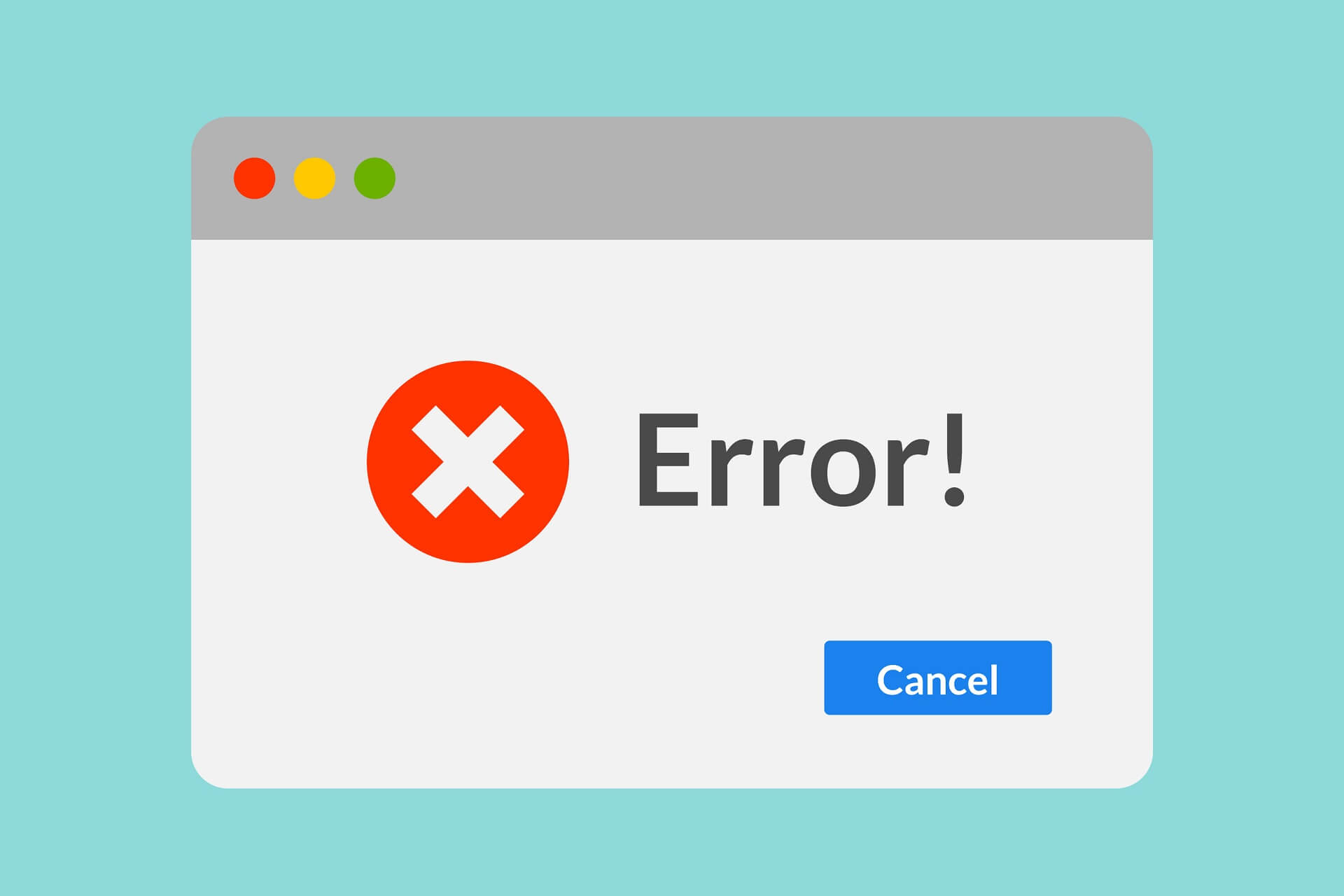
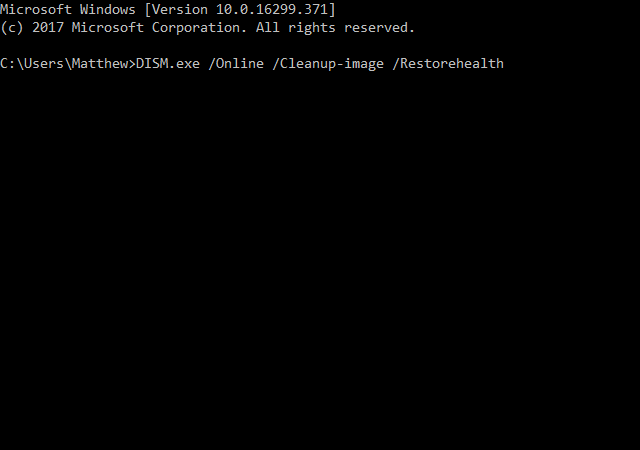
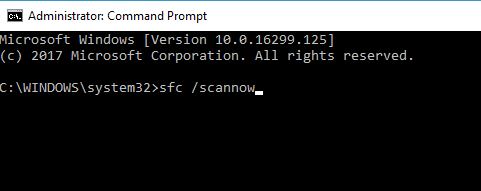
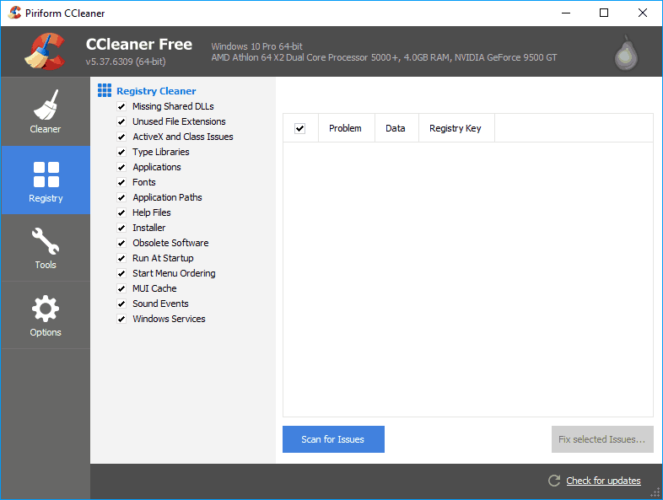
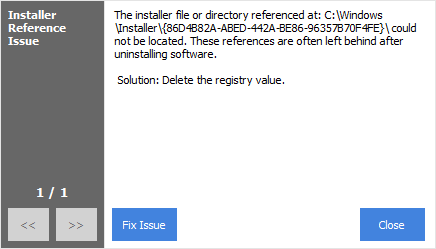

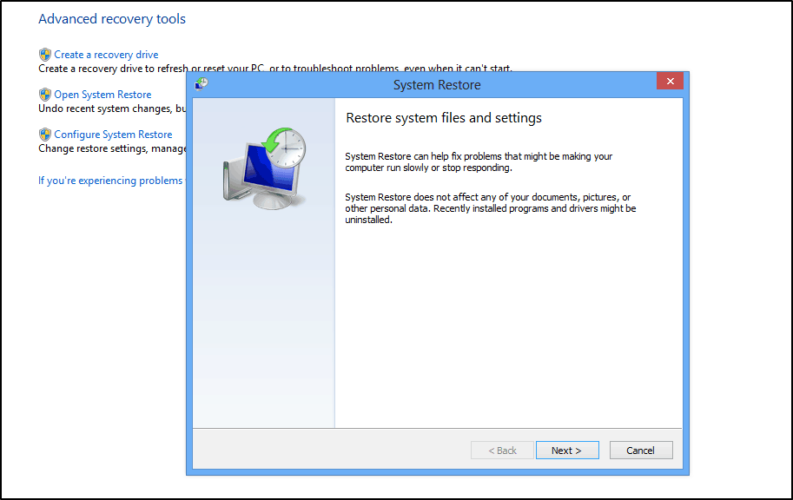
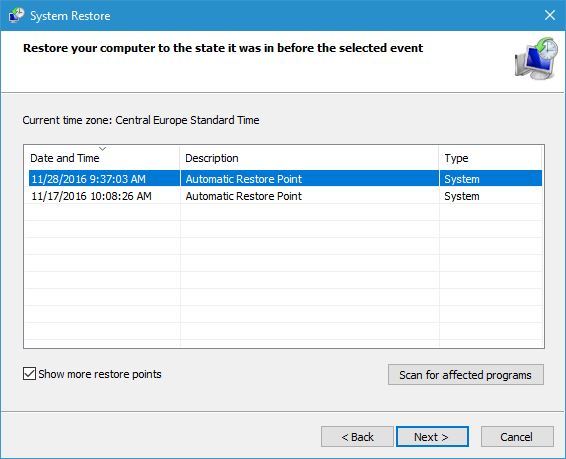

![]()